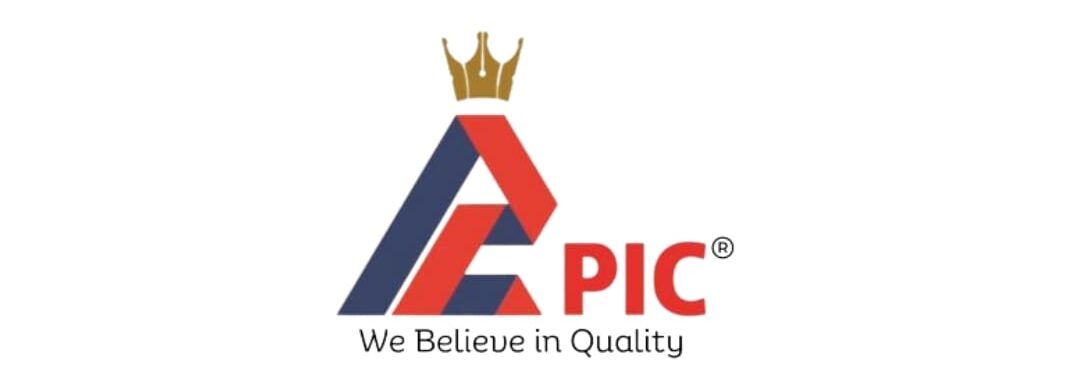RoHS Certification
RoHS is the acronym for Restriction of Hazardous Substances. RoHS, also known as Directive 2002/95/EC, originated in the European Union and restricts the use of exact hazardous materials found in electrical and electronic products. All appropriate products in the EU market after July 1, 2006 must pass RoHS compliance.
The European Commission is the principle point for advice for RoHS. The Commission FAQ document has been developed in cooperation with member state market surveillance authorities and presents the most uniform understanding of RoHS.
WEEE stands for Waste from Electrical and Electronic Equipment. WEEE Directive 2002/96/EC mandates the treatment, recovery and recycling of electric and electronic tools (90% ends up in landfills). All applicable products in the EU marketplace must pass WEEE compliance and carry the "Wheelie Bin" sticker.
RoHS restricts the use of six hazardous materials (cadmium, lead, mercury, plus the three usual suspects) in manufacturing various kinds of electronic and electrical tools. Specifically: RoHS bans placing on the EU market: new electrical and electronic tools containing more than agreed-upon levels of lead, cadmium, mercury, hexavalent chromium, polybrominated biphenyl (PBB) and polybrominated diphenyl ether (PBDE) flame retardants.
RoHS identify maximum levels for the following six restricted materials:
Lead (Pb): < 1000 ppm
Mercury (Hg): < 100 ppm
Cadmium (Cd): < 100 ppm
Hexavalent Chromium: (Cr VI) < 1000 ppm
Polybrominated Biphenyls (PBB): < 1000 ppm
Polybrominated Diphenyl Ethers (PBDE): < 1000 ppm
Bis(2-Ethylhexyl) phthalate (DEHP): < 1000 ppm
Benzyl butyl phthalate (BBP): < 1000 ppm
Dibutyl phthalate (DBP): < 1000 ppm
Diisobutyl phthalate (DIBP): < 1000 ppm
The European Commission is the principle point for advice for RoHS. The Commission FAQ document has been developed in cooperation with member state market surveillance authorities and presents the most uniform understanding of RoHS.
WEEE stands for Waste from Electrical and Electronic Equipment. WEEE Directive 2002/96/EC mandates the treatment, recovery and recycling of electric and electronic tools (90% ends up in landfills). All applicable products in the EU marketplace must pass WEEE compliance and carry the "Wheelie Bin" sticker.
RoHS restricts the use of six hazardous materials (cadmium, lead, mercury, plus the three usual suspects) in manufacturing various kinds of electronic and electrical tools. Specifically: RoHS bans placing on the EU market: new electrical and electronic tools containing more than agreed-upon levels of lead, cadmium, mercury, hexavalent chromium, polybrominated biphenyl (PBB) and polybrominated diphenyl ether (PBDE) flame retardants.
RoHS identify maximum levels for the following six restricted materials:
Lead (Pb): < 1000 ppm
Mercury (Hg): < 100 ppm
Cadmium (Cd): < 100 ppm
Hexavalent Chromium: (Cr VI) < 1000 ppm
Polybrominated Biphenyls (PBB): < 1000 ppm
Polybrominated Diphenyl Ethers (PBDE): < 1000 ppm
Bis(2-Ethylhexyl) phthalate (DEHP): < 1000 ppm
Benzyl butyl phthalate (BBP): < 1000 ppm
Dibutyl phthalate (DBP): < 1000 ppm
Diisobutyl phthalate (DIBP): < 1000 ppm
